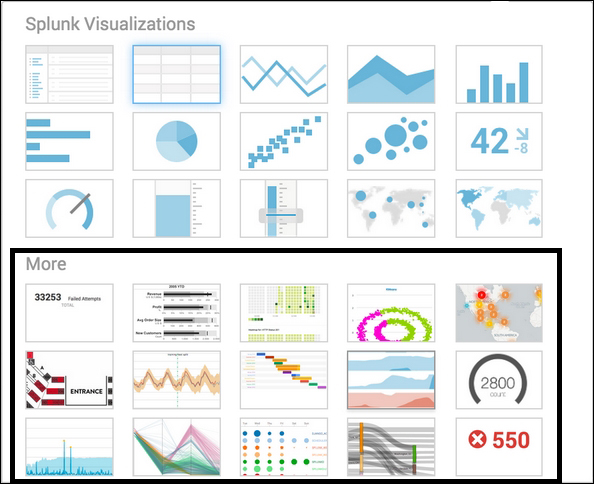We already covered various aspects of Splunk 6.3 in the previous chapters in detail. We saw the implementation of various analytics and visualization along with the features of Splunk 6.3. Splunk recently launched an updated version: Splunk 6.4. In this chapter, we will glimpse at all the new features that have been added in Splunk 6.4 to enable better analytics and visualization. Along with the features, we will also see what all changes have been made in Splunk to make it more scalable, functional, and useful to the users. Splunk 6.4, the latest version of Splunk Enterprise comes packed with new features and customizations. The following are the key features that have been added/improved in Splunk 6.4:
Storage optimization
Machine learning
Management and admin
Indexer and search head enhancement
Visualizations
Multi-search management
Enhanced alert actions




